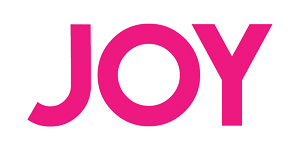Sun Safety for Skin
by Jennifer Kornegay

Ever been confused by skin care acronyms like UVA, UVB or SPF? Ever wonder which skin care product is actually screening, blocking and/or resisting? You’re not the only one!
In 2011, the Food and Drug Administration mandated that sunscreen manufacturers must change the labeling on their products to prohibit the use of certain marketing terms and clear up all that confusion. So what are these designations?
- Ultraviolet B light, also known as UVB, is the cause of sunburns.
- Sun protection factor, commonly referred to as SPF, is a system which measures a sunscreen’s ability to prevent sunburn.
- A major contributor to cancer and aging is UVA (also known as Ultraviolet A light).
Currently, SPF labels on sunscreen do not address the risks of UVA light. The recent rule being implemented by the FDA seeks to clarify by requiring any sunscreen that calls itself “broad spectrum” to protect against both UVB and UVA.
This updated labeling system will also require that sunscreen manufacturers not use the terms “waterproof” or “sweatproof” since sunscreens tend to wash off in water. Water-resistant is an allowable term.
Sunscreen that succeeds in passing the FDA’s test for protection against UVA and UVB rays will receive the label of broad spectrum. In order to claim it reduces the risk of skin cancer and early skin aging, the sunscreen product must be broad spectrum and at least an SPF of 15. In fact, because of the lack of data to support their effectiveness, sunscreens will no longer be able to carry the label of an SPF higher than 50.
